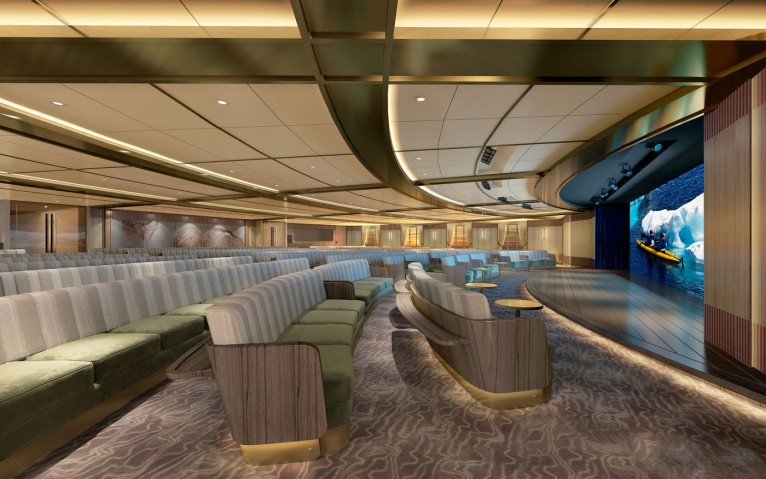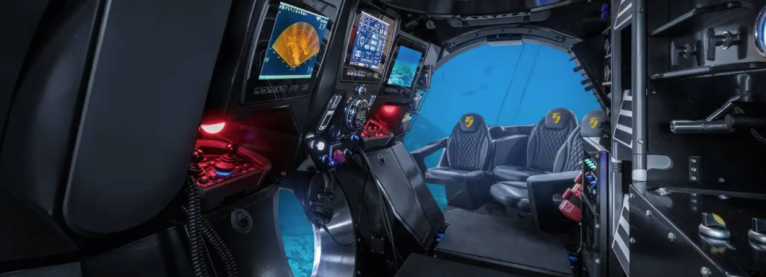(Prices correct as of today’s date, are updated daily, are subject to change and represent genuine availability at time of update).
Cruise only holidays are financially protected by ABTA. Fly cruise holidays are financially protected by Seabourn under ATOL number 6294
Please click here to check the essential travel requirements before booking this cruise.
Want to add a hotel stay or change your flights?
Just call our team of cruise specialists to help build your dream cruise holiday today!
Prices based on 2 people sharing. Cruise only price does not include flights. Fly-cruise price may vary by chosen UK airport.
THE
SIXSTARCRUISES DIFFERENCE
Our sister brand SixStarCruises specialise in luxury and ultra luxury cruise holidays. Click here to view this itinerary in full and speak to one of our specialist cruise concierge today. Our team are here to help you plan your perfect cruise holiday and guide you with first-hand experience with more time on board than any other UK luxury travel agent.
EXPERTISE
SERVICE
BUSINESS
RELATIONSHIPS
CONFIDENCE
SECURITY
rated 4.8 / 5
Itinerary
San Antonio
At Sea
Puerto Montt
At Sea
Caleta Tortel
PIO X Glacier
El Brujo Glacier
Punta Arenas
Punta Arenas
At Sea
At Sea
Antarctic Experience
Antarctic Experience
Antarctic Experience
Antarctic Experience
Antarctic Experience
At Sea
At Sea
Ushuaia
Buenos Aires
What's Included with
Seabourn
Entertainment throughout the day and evening
Return flights included from a choice of UK airports (fly cruise bookings only)
WiFi included on-board
24-hour room service
Shuttle service to and from ports and airport where available
In-suite mini bar replenished daily
Almost 1:1 staff to guest ratio
In-suite bar replenished with your preferences
Personal Suite Stewardess
Complimentary laundry where applicable
Marina and complimentary watersports, Caviar in the Surf beach barbeques
Gratuities are neither required, nor expected
Seabourn Conversations with visionary experts
Selected wines, beers and spirits on-board
Luxurious, all-suite accommodation
Explore Seabourn Pursuit
Colonnade
Our more casual, indoor/outdoor alternative, features an open kitchen, lavish buffets or table service for breakfasts and lunch, and serves regionally themed, bistro-style dinners with table service nightly.




Seabourn Submarines: The Expedition
Discover the Wonders that Wait Under the Waterline in Seabourn’s Luxurious New Expedition Submarines
Consider it the ultimate luxury perk on the ultimate luxury expedition ships: a once-in-a-lifetime opportunity to witness the wonders of the ocean floor in the comfort of Seabourn’s custom submarines.
The deeper you explore beneath the ocean’s surface, the more unique the scenery becomes, and the more secrets the sea reveals, from incredible sunken shipwrecks to stunning coral reefs to unique marine wildlife normally hidden from human view.
The only way to experience this otherworldly realm is by submarine, and at Seabourn our exacting standards for comfort and luxury mean these undersea explorations take place in custom-built submarines crafted to be the best at the sea.
Each environmentally friendly, battery-powered sub carries just seven people — six guests, three each in two clear acrylic spheres — plus the highly trained pilot guiding the journey. The intimate and innovative new exploration vehicles are capable of diving to depths of 300 meters (984 feet) offering passengers an awe-inspiring perspective of the marine world just outside. Thanks to undisturbed and undistorted views in virtually all directions you’ll come face-to-face with the wonders that lie below the waterline.
Not only will passengers be kept dry and comfortable while the submarine dives under the sea, in keeping with the ultra-luxury experience found on Seabourn, subs are outfitted with custom-embroidered leather upholstery, a Bluetooth stereo system, air conditioning, and champagne chiller so you can toast your extraordinary journey.
Rendering of Seabourn expedition submarine being launched in to the water from a special cargo hold on Expedition ships
To memorialize your time under the sea, the subs are outfitted with a high-tech, 4K underwater video camera system that will capture your underwater experience. The videos will be screened in the Discovery Center for workshops and conversations with guests that are led by marine biologist or oceanographer Expeditions leaders.
This is truly the adventure of a lifetime. Experience it for yourself when Seabourn Venture and Seabourn Pursuit set sail for breathtaking locations and remote destinations in the Arctic and Antarctica, as well as in the Caribbean, Central and South America.
Seabourn Venture and Seabourn Pursuit's submarines are a high-profile amenity of its expedition capabilities. Itineraries where submarines may be deployed are indicated by an icon, however their use is limited by conditions of currents and visibility, cannot be guaranteed, and are at the Captain’s discretion.





Seabourn Square
A place to enjoy some light reading or to socialize with your fellow passengers, Seabourn Square is what you're looking for. Seabourn Square is the true ‘living room’ of the ships. An inviting sociable space where guests will find a charming European style coffee bar, Seabourn Square has been designed as an open, comfortable environment for guests to interact with onboard officers and the expedition team and engage in conversation with family and new friends. The space is also home to the highly-trained Guest Services staff, who provide a range of concierge services such as general ship information, assistance with special service requests, port and travel information, and more.
A selection of coffees are prepared by the skilled onboard baristas some using beans roasted in Seabourn Square. For those feeling a bit hungry, Seabourn Square offers freshly made pastries and other on-the-go breakfast items in the morning, as well as an assortment of light sandwiches and desserts later in the day, along with a selection of artisanal gelati made on board. Guests will also find a wide range of books in the adjoining library, with a host of titles on subjects such as adventure, expeditions and other topics of interest to enjoy while onboard. Staying current with the news is made easy with tablets featuring the Press Reader news application available to browse each day.


Fitness Centre
Our Fitness Center features high performance Technogym equipment for cardio and strength training. We also offer a series of complimentary classes including yoga, Pilates and Tai Chi. Or, if personal attention is preferred, our personal trainers will design a nutrition and exercise plan that will help you achieve results. Based on your body’s particular needs, this personalized session will expose you to the wellness program that works best with your body. Aboard Seabourn Sojourn and Seabourn Quest you may try the Kinesis System. Using a tri-dimensional pulley system, our personal trainers will guide you through a series of exercises designed to improve balance, flexibility and strength.
Deck 10

- Sun Deck
Deck 9

- Constellation Lounge
- The Club
Deck 8

- Bridge
- Signature Suites
- Penthouse Suites
- Panorama Veranda Suites
- Veranda Suites (x1 Accessible suite available)
Deck 7

- Fitness Centre
- Treatment Rooms
- Spa & Wellness
- Penthouse Spa Suites
- Veranda Spa Suites
- Wintergarden Suites
- Panorama Veranda Suites
- Veranda Suites (x2 Accessible suites available)
- Owner's Suites
Deck 6

- Seabourn Square
- Bow Lounge
- Veranda Suite
- Panorama Veranda Suite
Deck 5

- The Colonnade
- Meeting Room
- Infinity Pool
- The Patio
- Veranda Suite
- Panorama Veranda Suite
Deck 4

- The Restaurant
- Expedition Lounge
- Shop
- Discovery Centre
- The Studio
Deck 3

- Zodiac Embark
- Landing Zone
- Medical Facility
Seabourn Pursuit Cabins & Suites

























-large_thumb.jpg)









